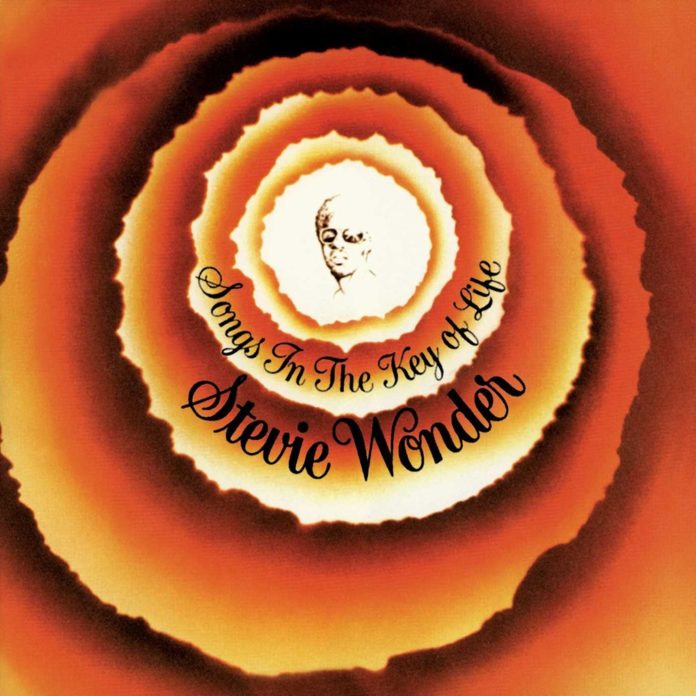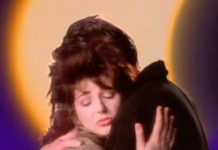Stevie Wonder’s Songs in the Key of Life is a landmark in the history of music—a double album packed with timeless hits, social commentary, and personal reflection. Released in 1976, it remains one of the most critically acclaimed albums of all time. But beyond its undeniable brilliance, there are some fascinating, lesser-known facts about its creation and influence.
1. It Almost Didn’t Happen
Before Stevie Wonder began working on Songs in the Key of Life, he was contemplating a very different path. In 1975, Wonder considered leaving the music industry entirely and moving to Ghana to work with children with disabilities. Frustrated with the U.S. political climate, Wonder had even started planning a farewell concert. Thankfully for fans, he reconsidered, and instead of retiring, he signed what was at the time the biggest recording contract in history—$13 million upfront and full creative control for seven albums over seven years.
2. The Album’s Delayed Release Came with T-Shirts
While fans eagerly awaited Songs in the Key of Life, the release was delayed multiple times. The original release was set for late 1975, but Wonder kept extending the deadline to perfect the album, working through endless remixes. To keep the buzz alive, Motown launched a quirky marketing campaign, printing “We’re almost finished” T-shirts as a playful nod to the delays. The anticipation only fueled the album’s success when it finally dropped in September 1976.
3. Over 130 Musicians Contributed
Though Stevie Wonder played most of the instruments himself on Songs in the Key of Life, he still had a vast array of collaborators. A total of 130 people contributed to the album, including some of the most revered musicians of the time. Jazz legend Herbie Hancock played on the song “As,” and guitar virtuoso George Benson lent his talents to “Another Star.” But perhaps the most intriguing collaborator was Michael Sembello, who played guitar on several tracks and co-wrote “Saturn” with Wonder. Sembello would later find solo fame with his hit “Maniac” from Flashdance, but his early career was marked by his work on this historic album.
4. “Isn’t She Lovely” Was Never Released as a Single
Though “Isn’t She Lovely” became one of Stevie Wonder’s most beloved songs, it was never officially released as a single in the U.S. Wonder initially intended for the song to stay a personal celebration of his daughter Aisha’s birth, complete with baby sounds at the start. Despite not being a single, the track received massive radio airplay and has since become a classic. David Parton’s cover of the song even made it to the top 10 in the UK charts.
5. Paul Simon Thanked Stevie for Not Releasing an Album the Previous Year
At the 18th Grammy Awards in 1976, Paul Simon accepted the award for Album of the Year for Still Crazy After All These Years and made a lighthearted joke in his speech. Simon quipped, “I’d like to thank Stevie Wonder for not releasing an album this year.” The joke reflected Wonder’s dominance at the Grammys, as he had won the same award two years in a row for Innervisions and Fulfillingness’ First Finale. The very next year, Wonder returned to the Grammy stage, taking home the award for Songs in the Key of Life.







